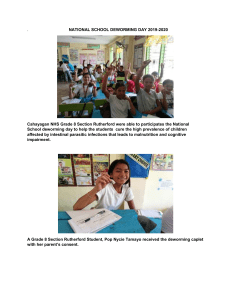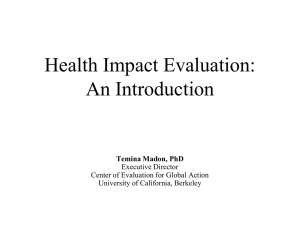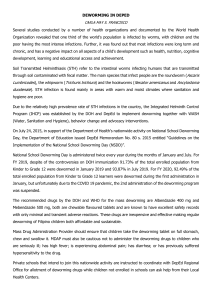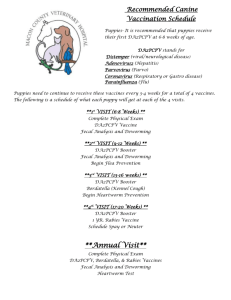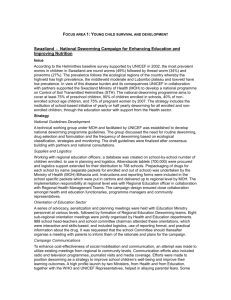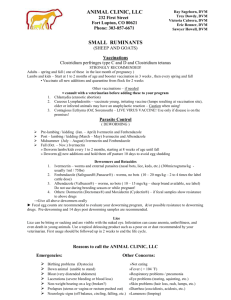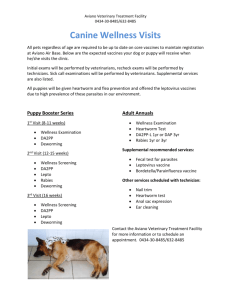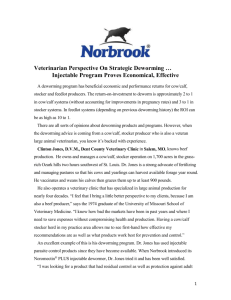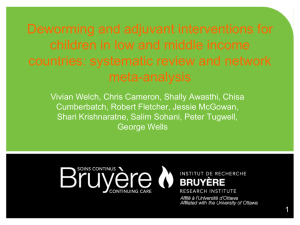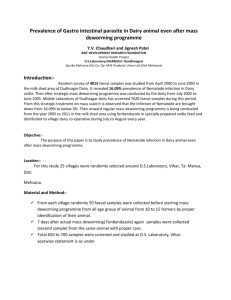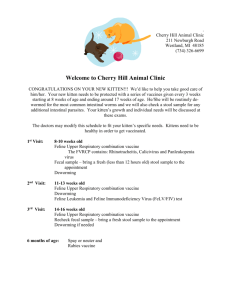Source - GiveWell
advertisement
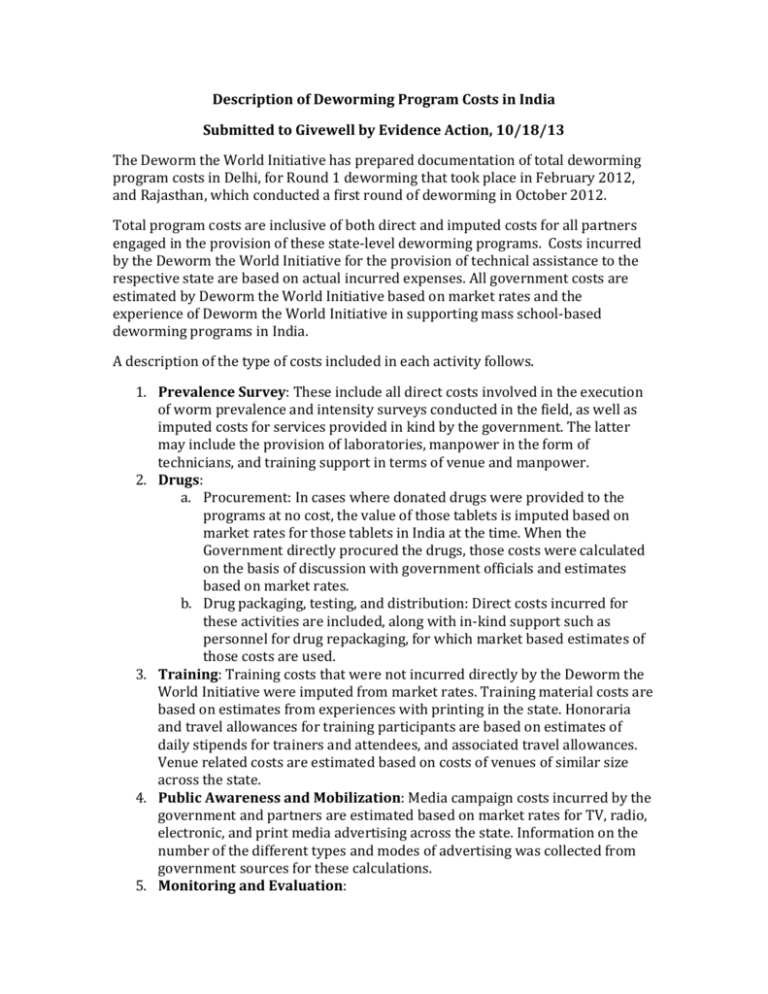
Description of Deworming Program Costs in India Submitted to Givewell by Evidence Action, 10/18/13 The Deworm the World Initiative has prepared documentation of total deworming program costs in Delhi, for Round 1 deworming that took place in February 2012, and Rajasthan, which conducted a first round of deworming in October 2012. Total program costs are inclusive of both direct and imputed costs for all partners engaged in the provision of these state-level deworming programs. Costs incurred by the Deworm the World Initiative for the provision of technical assistance to the respective state are based on actual incurred expenses. All government costs are estimated by Deworm the World Initiative based on market rates and the experience of Deworm the World Initiative in supporting mass school-based deworming programs in India. A description of the type of costs included in each activity follows. 1. Prevalence Survey: These include all direct costs involved in the execution of worm prevalence and intensity surveys conducted in the field, as well as imputed costs for services provided in kind by the government. The latter may include the provision of laboratories, manpower in the form of technicians, and training support in terms of venue and manpower. 2. Drugs: a. Procurement: In cases where donated drugs were provided to the programs at no cost, the value of those tablets is imputed based on market rates for those tablets in India at the time. When the Government directly procured the drugs, those costs were calculated on the basis of discussion with government officials and estimates based on market rates. b. Drug packaging, testing, and distribution: Direct costs incurred for these activities are included, along with in-kind support such as personnel for drug repackaging, for which market based estimates of those costs are used. 3. Training: Training costs that were not incurred directly by the Deworm the World Initiative were imputed from market rates. Training material costs are based on estimates from experiences with printing in the state. Honoraria and travel allowances for training participants are based on estimates of daily stipends for trainers and attendees, and associated travel allowances. Venue related costs are estimated based on costs of venues of similar size across the state. 4. Public Awareness and Mobilization: Media campaign costs incurred by the government and partners are estimated based on market rates for TV, radio, electronic, and print media advertising across the state. Information on the number of the different types and modes of advertising was collected from government sources for these calculations. 5. Monitoring and Evaluation: a. Training of monitors: Where the government provided trainers, training materials and/or training facilities, these costs are estimated based on market rates. b. Monitoring personnel: Where monitors were provided by the government, the cost of their time and travel allowances are estimated. Costs associated with time taken by government officials for reporting purposes or collecting forms, is imputed. 6. Deworming Day Support: School-based deworming programs require the time of teachers, principals and government officials. The time involved for each type of personnel to prepare for deworming, conduct training and/or sensitization, and record and report results is estimated. This time, along with estimates of the number of government officials and teachers involved and their respective average salaries, is used to estimate this cost component of the cost. These costs reflect the large number of schools involved in this program. 7. Program Planning and Management: The costs of overall programmatic support provided by governments are estimated based on market estimates of the salaries and time of the personnel involved.
